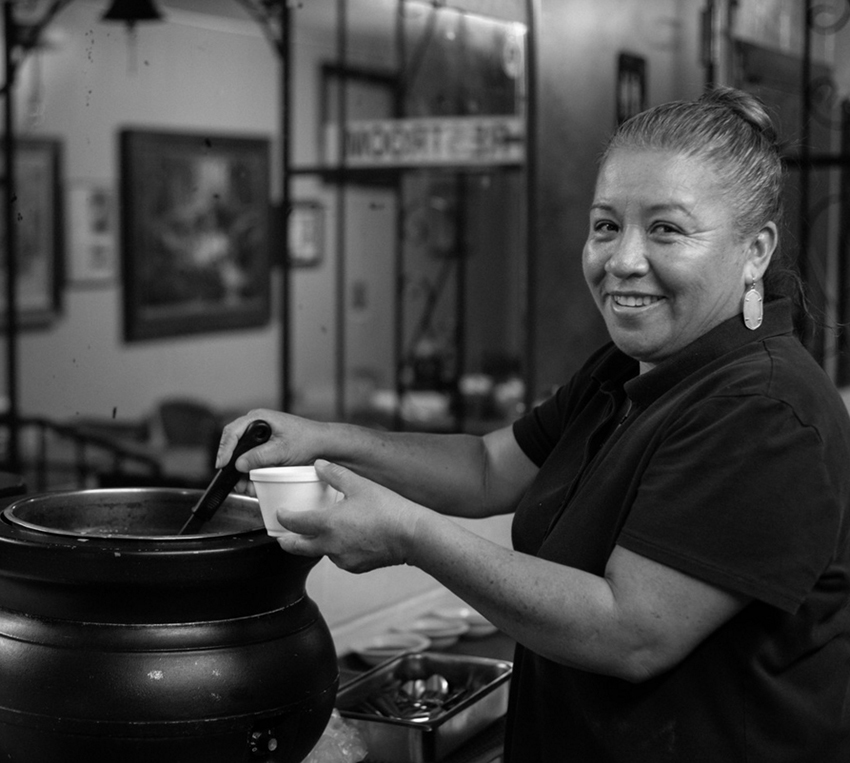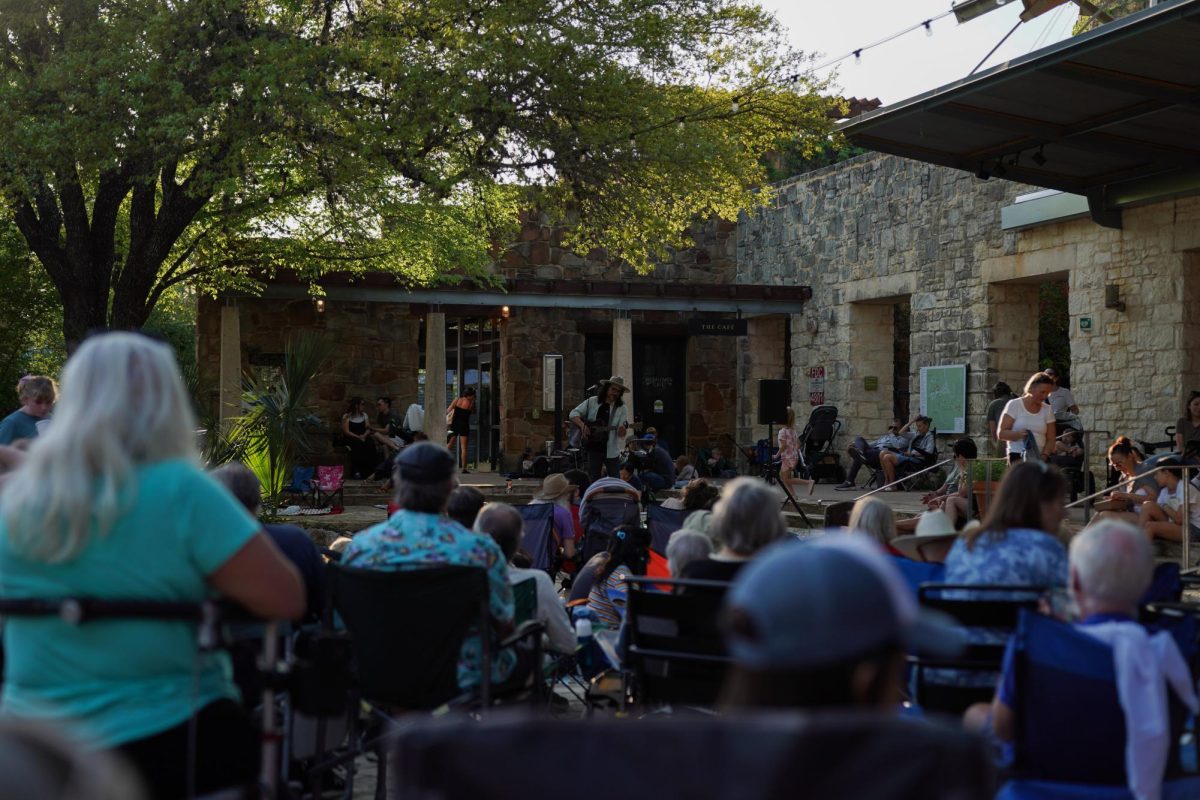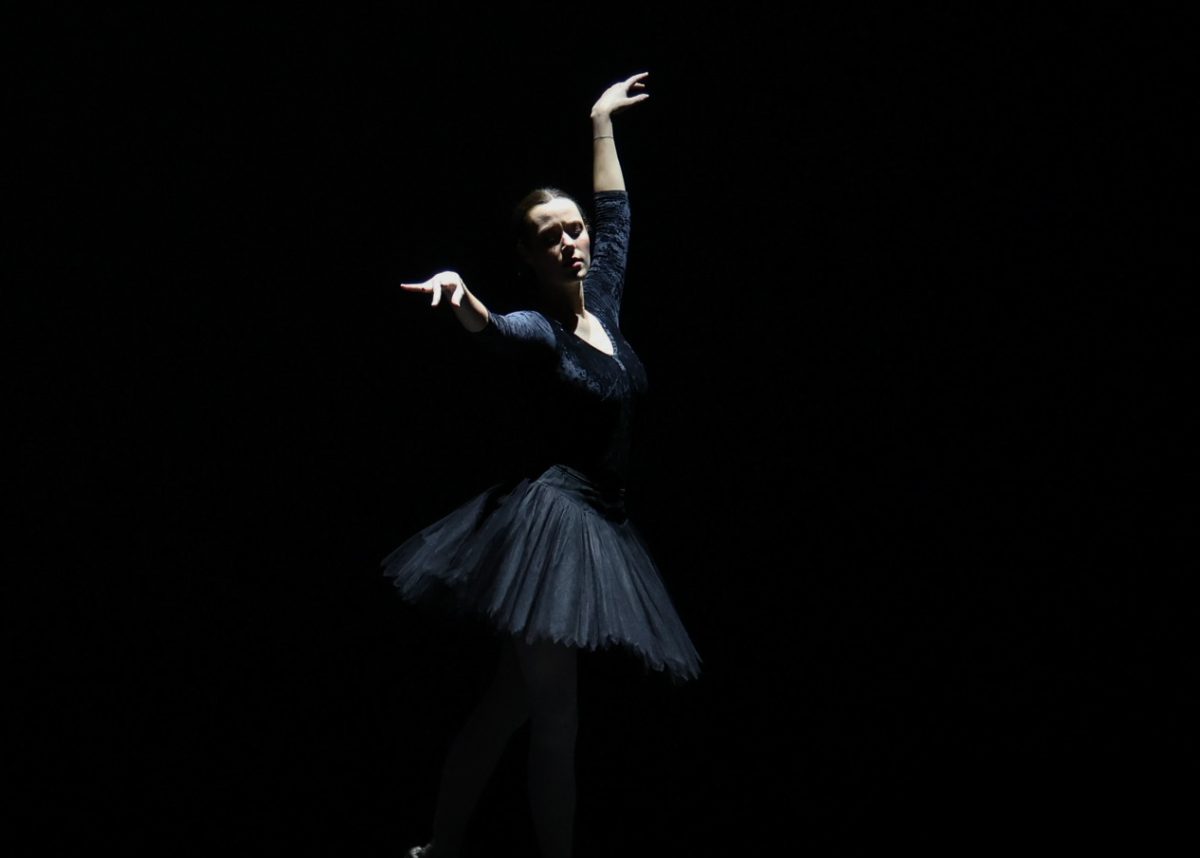When graduate student Amalia Diaz moved from Colombia to Austin, she used her outsider’s perspective to capture the changing landscape of the East Side through her camera lens.
“When you’re in a foreign country, you want to express yourself to show the ways you see your new environment,” Diaz said.
Diaz met her photography mentor Eli Reed, a UT professor, in his photography workshop in 2015. One of her class projects, “Portraits of a Changing Economy,” was featured in The Room Gallery exhibition called Latinas Artwork Expression. “Portraits” documented the gentrification of the black and Latino people who have lived on the East Side for generations are forced to move to north Austin because of rising costs.
Diaz said she drove aimlessly around the East Side and found emblematic places in the area to photograph, like Cisco’s Restaurant and dive bar La Perla. According to the owner, La Perla is the oldest cantina that still stands in Austin.
“Austin is obviously changing so much, and she went out there, and the pictures she took were more human,” Reed said. “She connected with people, they weren’t just subjects on the East Side. She captured these people in their places and their reality.”
Aside from old-school cantinas and restaurants, Diaz also visited new businesses, like Cycleast and Blue Cat Cafe, to show the pros of a changing economy. She photographed Cycleast’s mural called “Lotería,” designed in the 1980s to represent the Chicano culture on East Cesar Chavez Street.
“Last year, during South By Southwest, [the wall] was covered with another mural, and people were really pissed about that,” Diaz said. “At the end of 2015, they repainted it. You can see the mixture of an important symbol of the old inhabitants of the area that is now mixing with the new ones.”
Reed said Diaz’ ability to mix her scientific background with art is what makes her photographs unique. She does not photograph the surface of her subjects, but rather documents the past, present and future of a person in one single image.
“The most interesting breakthroughs in science come from people who have imagination and think beyond just the surface of things and that’s what makes the most interesting pictures,” Reed said. “Pictures have life to them. She’s not just taking what you expect. She goes beyond and brings it into focus. That’s when you know someone did something really good.”
Luis Herrera, founder of The Room Gallery where Diaz’s photos were featured, met Diaz when she worked as a volunteer photographer at the Austin Animal Center. Herrera moved from Mexico to east Austin seven years ago and promotes Latino culture and art in his gallery. He said he immediately became interested in exhibiting “Portraits” because of the fleeting nature of the businesses on the East Side.
“She has a good eye,” Herrera said. “Photographs take less than a second, and she knows exactly how to do it. There are nostalgic photographs from some of the east Austin businesses that could disappear in the next years.”





















